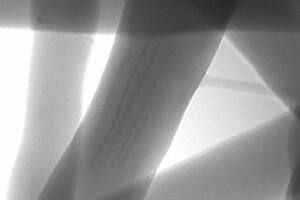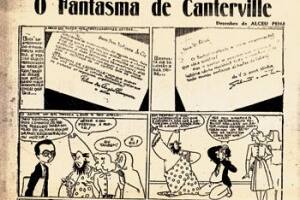Issue # 161 _ July 2009
S&T Policy
collaboration
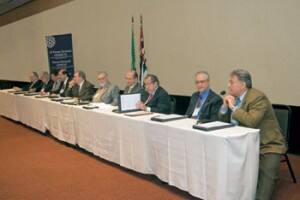
Networking movement
Meeting of the FAPs to discuss the best ways of leveraging resources for research
institution
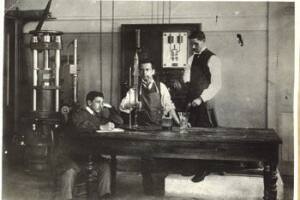
Bottlenecks in development
IPT pursues new profile and plans to network solutions for leading technological themes
By Fabrício Marquesbiodiversity

The next ten years
Researchers prepare strategies for the future of the Programa Biota-FAPESP program
By Fabrício MarquesScience
Energy
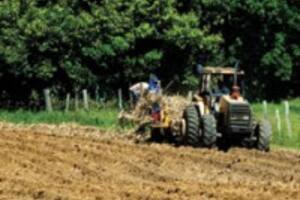
Healthy Plowing
Carbon retained in the soil is expected to increase with the mechanization of sugar cane harvesting
By Carlos FioravantiMedicine

More damage from smoke
Cigarettes impair the functioning of the heart muscles
By Carlos FioravantiTechnology
Recycling

Constructive residue
Sludge from the paper industry is included in the composition of construction materials
By Dinorah Erenochemistry

Colored marker
Luminescent materials guarantee the authenticity of currency bills and documents
By Evanildo da Silveirahealth

Resistance and comfort
Wrist ortheses made of resin and nanoparticles of clay are customized
By Dinorah Erenobiofuel

Accelerated fermentation
New yeast strains are more efficient for the conversion of sucrose into ethanol
By Dinorah Ereno





